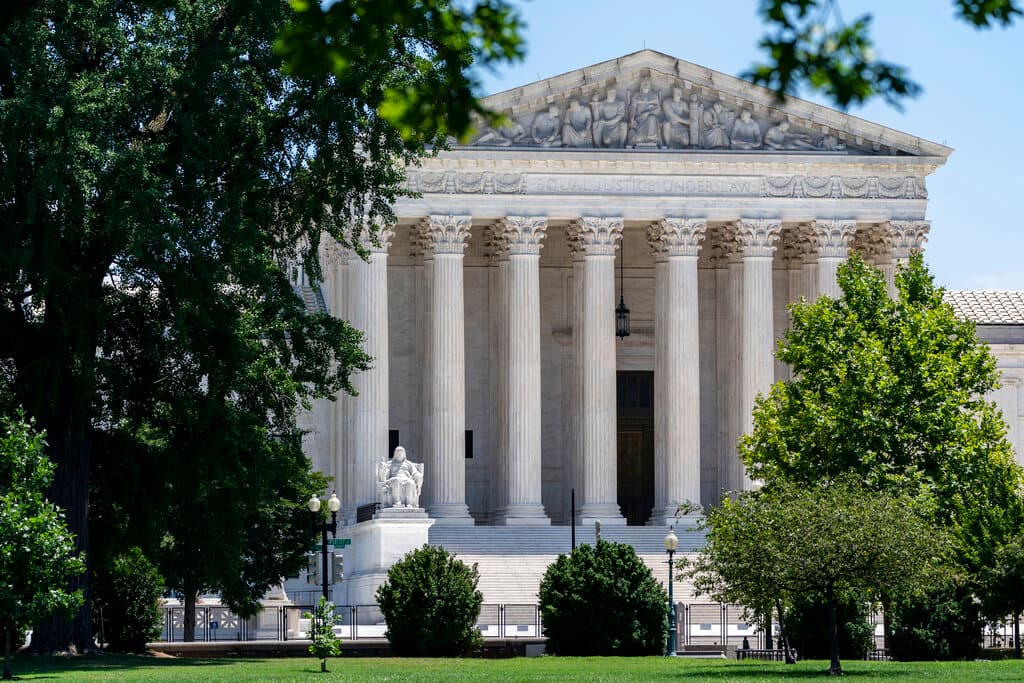America’s Universities Plot Different Options To Admit a ‘Racially Diverse’ Student Body If the Supreme Court Rules Against Considering Race
Some universities could experiment with workarounds, such as factoring social and economic status into admissions.

As American academia waits for a Supreme Court ruling that could strike down race-conscious admissions, colleges and universities are already scrambling to make plans for how to navigate a high court ban on affirmative action.
The country’s top universities are making no secret of their preference for race-conscious admissions, which give preference to minority applicants, or at least for a diverse student body. The question is how they could legally continue to do so in the face of an adverse court ruling.
A login link has been sent to
Enter your email to read this article.
Get 2 free articles when you subscribe.

